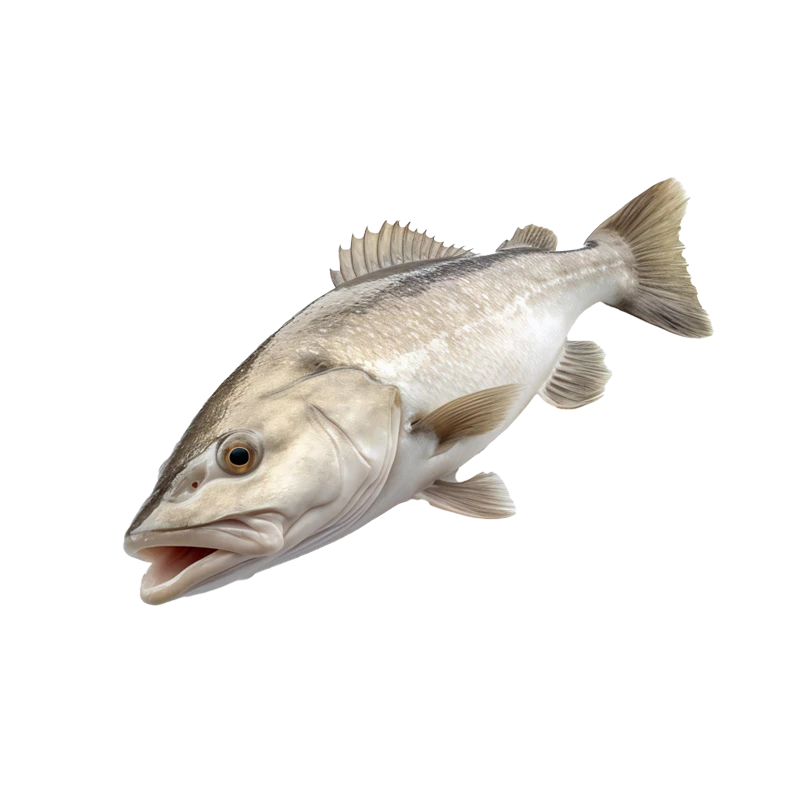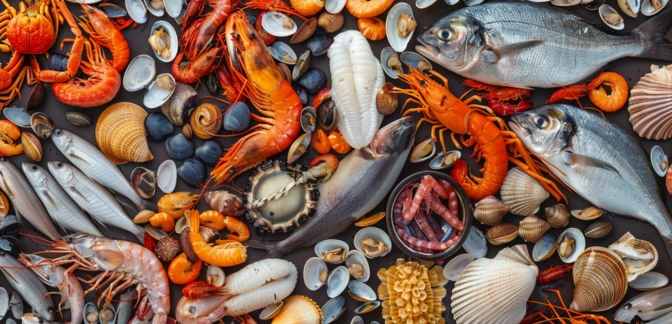Cod — Nutrients, Health Benefits, And Shopping Tips

Written by Listonic Team
Last update on September 5, 2024
Nutrients
Nutrition facts
Amount per 100 g
Calories
🔥 82 kcal
| Nutrition per: 100 g | Value | % Daily Value* |
|---|---|---|
| Carbs | 0 g | - |
| Fiber | 0 g | - |
| Sugars | 0 g | - |
| Glycemic Index | 0 | - |
| Protein | 18 g | 36% |
| Sodium | 54 mg | 2.35% |
| Total Fat | 1 g | 1.28% |
*The % of Daily Value (DV) tells you how much a nutrient in a serving of food contributes to a daily diet. 2,000 calories a day is used for general nutrition advice.
18 g
🧀 Good Protein Content
Key takeaways
Health benefits
- High in protein, essential for muscle growth, repair, and overall body function.
- Low in fat, making it a lean source of protein.
- Contains essential vitamins and minerals such as Vitamin B12, iodine, selenium, and phosphorus, which support overall health and well-being.
- Rich in omega-3 fatty acids, which support heart health, reduce inflammation, and improve brain function.
Health risks
- Risk of mercury contamination which can pose health risks, particularly for pregnant women and young children, if consumed in large amounts.
- Potential for allergic reactions in individuals with fish allergies, causing symptoms like itching, swelling, or anaphylaxis.
- Risk of foodborne illness if cod is not properly stored, handled, or cooked to a safe internal temperature.
- Environmental concerns as overfishing of certain cod species can impact sustainability and the health of marine ecosystems.
How to choose cod
When purchasing cod, the fillets should be white, with a translucent appearance and a firm texture. The fish should smell ocean-fresh, not fishy. Press the flesh; it should spring back, indicating its freshness.
Avoid cod that appears discolored or has a slimy coating, as these are signs it is no longer fresh. Good cod fillets should not emit any ammonia-like odors and should have clean edges without ragged parts.

How to store cod
Fresh cod should be kept in the refrigerator and used within two days. Store it in its original packaging or an airtight container. For longer storage, freezing is recommended, where it can last up to six months.
Improper storage can lead to spoilage and loss of flavor. Avoid exposing cod to moisture and ensure it is kept cool. Do not refreeze thawed cod, as this can affect texture and quality. Proper handling and clean utensils help maintain its freshness.
✅ Extra Tip
How long does it last?
Cod can last for 1-2 days in the refrigerator when stored in an airtight container. For longer storage, cod can be frozen for up to 6-8 months. Proper packaging, such as vacuum-sealing, helps maintain its quality over longer storage periods.
What to do with leftovers?
Leftover cod can be used in a variety of savory dishes. Flake it and add to salads for a protein boost, or mix it into a pasta dish with a light sauce. Cod is also great in fish cakes, where it can be combined with breadcrumbs, eggs, and seasonings, then fried until golden.
Use cod in a stir-fry with vegetables and rice, or add it to a fish stew with tomatoes and herbs. If you have a lot of cod, consider making a batch of fish tacos, topped with slaw and a tangy sauce. Cod can also be used as a filling for sandwiches or wraps with fresh greens and a squeeze of lemon. For a unique twist, try using flaked cod in a quiche or frittata for a savory breakfast or brunch.
👨⚕️️ Medical disclaimer
Discover products from other categories
Listonic Team
Fact-checked
Our editorial team checked this article to make sure it was accurate at the time of publishing it.
Get the top-rated shopping list app on your phone!







